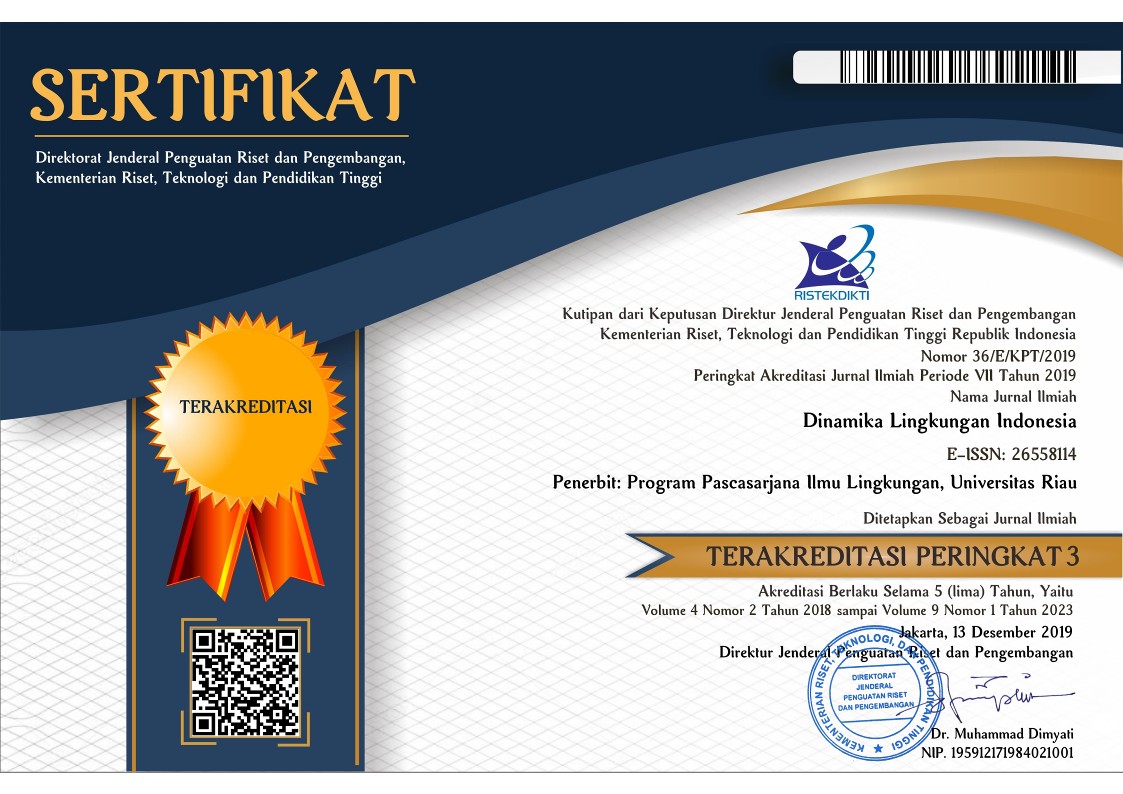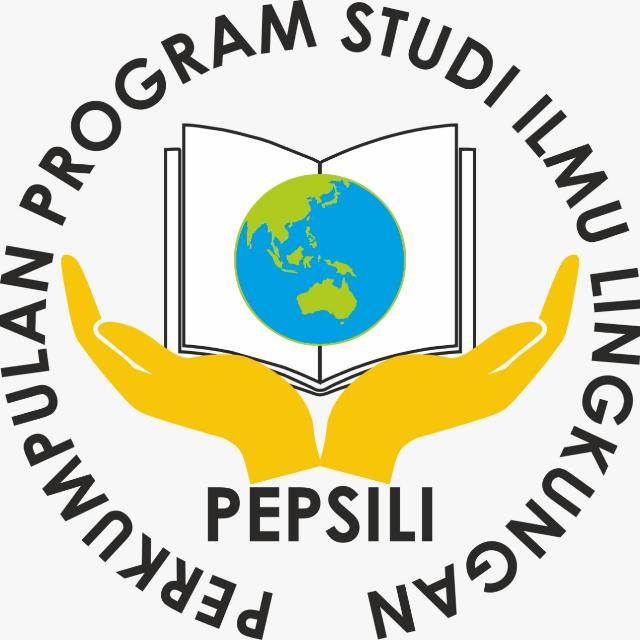Efektifitas Incenerator Untuk Pembakaran Sampah Medis di RSUD Kota ABC
Abstract
To reduce the number of germic or nosocomial infections, especially come from waste disposal. Especially for hospitals, the disposal procedure should cut off the chain of transmission or the spread of disease which are came from the clinical waste or medical waste by burning the clinical waste or medical waste using the incinerator. Incenerator is used with high temperature by 800 ° C. Incenerator has been proven to reduce medical waste about 70% to 90%, but it can also reduce the number of pathogenic bacteria to zero in percentage. In the using of incinerators, there has not been an assessment of the effectiveness of incinerator usage until today. Research method which has been used is analytical research to determine the effectiveness of incinerator usage due to the destruction of the medical waste. The result of examination about effectivity of incinerator usage for 4 times of combustion was obtained that the burning volume of medical waste exceeding the required incenerator volume of 0.7 m3/day is very ineffective with the burning time for 2 hours, because of the results of the research with different volume shows that the volume of 0.7 m3 is an effective volume for incinerators in Public Hospital of ABC City, this is being streghtened based on the results of hypothesis testing that shows the volume of 0.7 m3 would be more effective volume and could give a significant result. In fact, the medical waste should be burnt twice a day in order to be able to burn all the medical waste which is generated.
Keywords
Full Text:
PDFReferences
Cappucino, J.G. & Sherman, N.,2001, “Microbiology - a laboratory manual”, Addison Wesley, Reading.Harley-Prescott, Laboratory Exercises Microbiology, Fifth Edition,2002, The McGraw Hill Companies.
DepKes RI, 1997, Pedoman Sanitasi Rumah Sakit di Jakarta. Jakarta, DirJen PPM & PLP – Yan Medik
Harley-Prescott, Laboratory Exercises Microbiology, Fifth Edition,2002, The McGraw Hill Companies.
Jarwanto dan Pangestu Subagyo,MBA, Statistik Induktif Edisi 4, BPFE Jogjakarta.
Lucia W Muslimin, Mikrobiologi lingkungan, Jakarta, DirJen Diktidepdikbud, 1995 Peraturan Menteri Kesehatan nomor 986 tahun 1992 tentang Persyaratan Kesehatan Lingkungan Rumah Sakit, DirJen PPM & PLP Departemen Kesehatan RI.
Peraturan Menteri Negara Lingkungan Hidup nomor 30 tahun 2009 tentang Tata Laksana Perizinan dan Pengawasan Pengelolaan Limbah Bahan Berbahaya dan Beracun serta Pengawasan Pemulihan Akibat Pencemaran Limbah Bahan Berbahaya dan Beracun oleh Pemerintah Daerah.
Rahayu Dwi Utami, D.G Okayadnya dan M. Mirwan, Meningkatkan Kinerja Incenerator Pada Pemusnahan Limbah Medis RSUD Dr. Soetomo Surabaya, Jurnal Ilmiah Teknik Lingkungan Vol.7 No.2, Program Studi Teknik Lingkungan, Fakultas Teknik Sipil dan Perencanaan, Universitas Pembangunan.
Reinhardt, P A & J.G. Gordon, 1995, Pengelolaan Limbah Menular dan Limbah Medik (Buku I&II) Jakarta, AKL DepKes RI.
Tchobanoglous,G.H.Theisen, and S.Vigil (1993) ”Integrated Solid Waste Management”, McGraw-Hill, New York.
Undang-Undang Republik Indonesia nomor 32 tahun 2009 tentang : Pengelolaan Lingkungan Hidup, Jakarta, Biro Bina Lingkungan Hidup.
DOI: http://dx.doi.org/10.31258/dli.5.2.p.76-83
Refbacks
- There are currently no refbacks.





